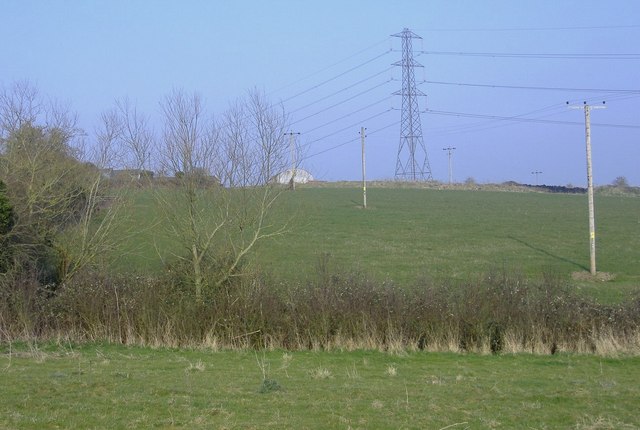
Global grid infrastructure and energy storage must step up to avoid delaying 2030 targets, a report by the International Renewable Energy Agency (IRENA) says.
As the world targets to treble installed renewable energy capacity – to reach 11TW – by 2030, it makes investing and planning in grid development “even more urgent” said IRENA.
“Urgent action must be taken to avoid lagging grid infrastructures, which would delay the energy transition,” wrote Adrian Gonzelez, programme officer, innovation and end-use sectors at IRENA.
A recent report from IRENA, which reviewed 2024’s renewables outlook, showed that despite renewables continuing to grow, its pace has slowed down and the world is currently off track to meet its climate targets by 2030.
Due to solar PV and wind capacity distributed across large areas and multiple locations, expanding the grid would allow renewable energy projects to connect and deliver power in the needed quantities.
Moreover, the declining prices of solar PV panels and batteries would allow for an increase in co-location of solar PV with battery energy storage systems (BESS). IRENA highlights the importance of policy with governments’ need to implement energy strategies promoting solar PV and energy storage integration.
Energy storage targets should be supported by long-term incentives and robust regulatory frameworks. Some regulatory reforms would be required to ensure energy storage capabilities, such as balancing grid variability, enabling peak-shifting and increasing system resilience.
“The path to triple renewable power capacity by 2030 and beyond requires the expansion and modernisation of grids and scaling-up of storage capacities,” added Gonzelez.
As Gonzelez mentioned above, modernising the grid infrastructure would be needed to integrate renewables efficiently.
The full story covering IRENA’s report is available on our sister site, PV Tech.
UK grid needs rapid improvement
The government’s Clean Power 2030 (CP30) plan, drawn up over the last few months, includes three key elements: cleaning up the dysfunctional grid, prioritising 2030 projects in the planning system and reforms to accelerate homegrown clean power.
As acknowledged in CP30, the grid connection queue has grown tenfold in the last five years and contains the equivalent of 739GW capacity—many of the projects in the queue are speculative or do not have the funding or planning permission to progress.
Trade association Solar Energy UK (SEUK) said it expects solar generation to “considerably exceed” the target set in CP30 (of reaching 45GW-47GW solar generation capacity by 2030).
CP30 does state there is “scope to exceed” the 45GW-47GW figure, “subject to system need, noting for example the potential of rooftop solar to boost deployment”.
“The solar industry persistently smashes through expectations of growth, in the UK and worldwide, and I have no doubt that it will continue to do so in the coming years. Seeking 45GW is a modest target that we can be sure to exceed,” said Chris Hewett, chief executive of Solar Energy UK (SEUK).
SEUK said it agrees “wholeheartedly” with the suggestion that grid overhaul is necessary to meeting 2030 clean power targets. In terms of regional capacity breakdowns, a total of 10.8GW has been allocated to transmission-connected solar for 2030, with 36.2GW at distribution voltage, which is in line with SEUK recommendations.
CP30 also sets an expectation of at least 22.6GW of battery energy storage in 2030, rising to 27.4GW, up from 4.7GW in 2023, projecting dramatic expansion in the battery energy storage sector up to 2030.
However, SEUK points out that projections of growth in the sector are limited by referring only to systems intended to store power for a short time; a definition of long-term energy storage has not yet been made.
The government did, however, recently state a commitment to reduce market barriers and support the rollout of energy storage at scale.

